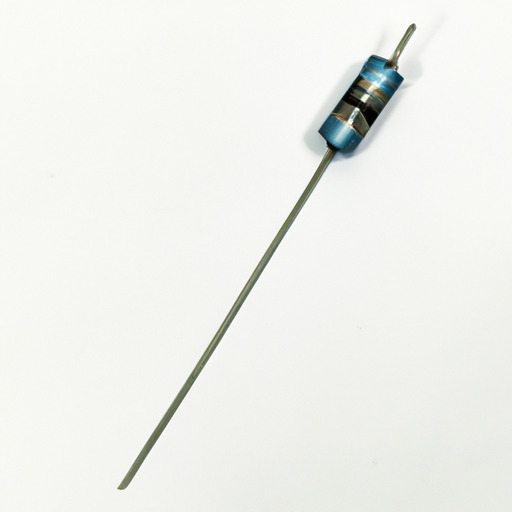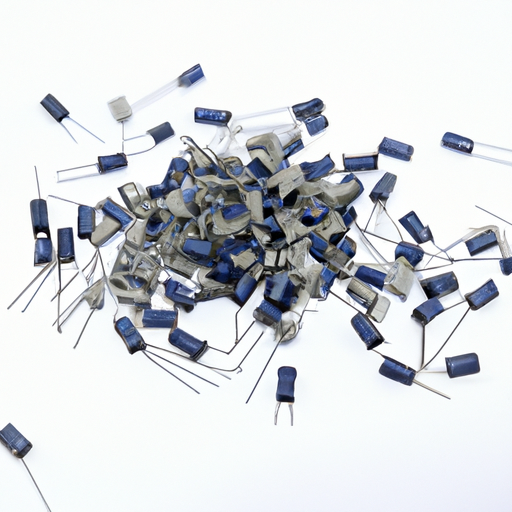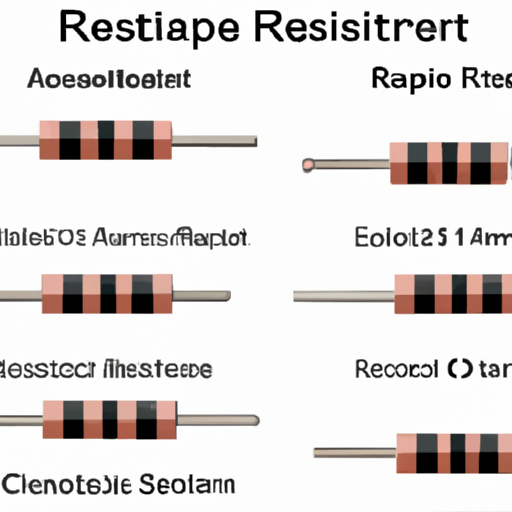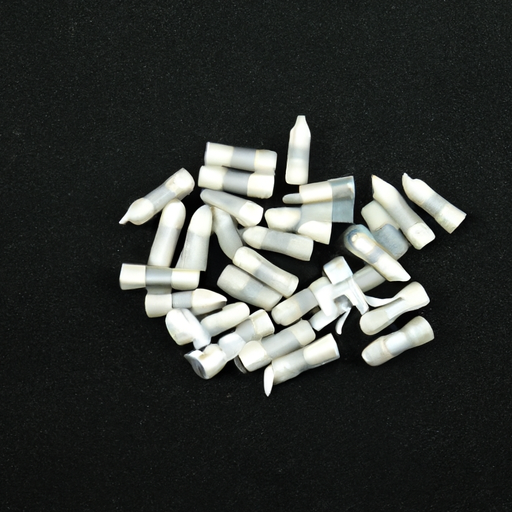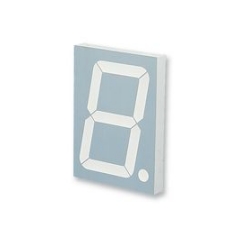Common Resistor 3 Popular Models
Common Resistor: 3 Popular Models
I. Introduction
Resistors are fundamental components in electronic circuits, serving the crucial role of controlling the flow of electric current. By providing resistance, they help to manage voltage levels, protect sensitive components, and ensure that circuits function as intended. In this article, we will explore three popular models of resistors: carbon film, metal film, and wirewound resistors. Each model has its unique characteristics, advantages, and applications, making them suitable for different electronic needs.
II. Understanding Resistors
A. Basic Principles of Resistance
At the heart of understanding resistors is Ohm's Law, which states that the current (I) flowing through a conductor between two points is directly proportional to the voltage (V) across the two points and inversely proportional to the resistance (R) of the conductor. This relationship is expressed mathematically as:
\[ V = I \times R \]
Resistors can be categorized into two main types: fixed and variable. Fixed resistors have a constant resistance value, while variable resistors, such as potentiometers, allow for adjustable resistance.
B. Key Specifications of Resistors
When selecting a resistor, several key specifications must be considered:
1. **Resistance Value (Ohms)**: This indicates how much the resistor opposes the flow of current. It is measured in ohms (Ω).
2. **Power Rating (Watts)**: This specification indicates the maximum power the resistor can dissipate without being damaged. It is crucial to choose a resistor with an appropriate power rating for the application.
3. **Tolerance**: This refers to the accuracy of the resistor's resistance value, expressed as a percentage. A lower tolerance indicates a more precise resistor.
4. **Temperature Coefficient**: This specification indicates how much the resistance value changes with temperature. A lower temperature coefficient is preferable for applications requiring stability across varying temperatures.
III. Popular Resistor Models
A. Model 1: Carbon Film Resistor
1. Description and Construction
Carbon film resistors are made by depositing a thin layer of carbon on a ceramic substrate. The resistance value is determined by the thickness and length of the carbon film, which can be adjusted during manufacturing.
2. Advantages
Cost-Effectiveness: Carbon film resistors are among the most affordable types of resistors, making them a popular choice for many applications.
Availability: They are widely available in various resistance values and power ratings, making them easy to source.
3. Disadvantages
Temperature Sensitivity: Carbon film resistors can be affected by temperature changes, leading to variations in resistance.
Limited Power Ratings: They typically have lower power ratings compared to other resistor types, which may limit their use in high-power applications.
4. Common Applications
Carbon film resistors are commonly used in general-purpose circuits, audio equipment, and consumer electronics, where cost and availability are significant factors.
B. Model 2: Metal Film Resistor
1. Description and Construction
Metal film resistors are constructed by depositing a thin layer of metal oxide on a ceramic substrate. This construction allows for precise control over the resistance value.
2. Advantages
Higher Precision: Metal film resistors offer better accuracy and lower tolerance levels compared to carbon film resistors, making them ideal for precision applications.
Better Stability and Lower Noise: They exhibit excellent stability over a wide range of temperatures and have lower noise levels, which is crucial for sensitive electronic circuits.
3. Disadvantages
Higher Cost Compared to Carbon Film: The manufacturing process for metal film resistors is more complex, resulting in a higher price point.
Limited Power Handling: While they are more precise, metal film resistors typically have lower power ratings than wirewound resistors.
4. Common Applications
Metal film resistors are often used in precision circuits, measurement devices, and applications where accuracy is paramount, such as in instrumentation and audio processing.
C. Model 3: Wirewound Resistor
1. Description and Construction
Wirewound resistors are made by winding a metal wire around a ceramic or fiberglass core. The resistance value is determined by the wire's length, diameter, and material.
2. Advantages
High Power Ratings: Wirewound resistors can handle high power levels, making them suitable for demanding applications.
Excellent Heat Dissipation: Their construction allows for efficient heat dissipation, reducing the risk of overheating.
3. Disadvantages
Larger Size: Wirewound resistors tend to be bulkier than other types, which may limit their use in compact designs.
Inductance Issues at High Frequencies: At high frequencies, wirewound resistors can introduce inductance, which may affect circuit performance.
4. Common Applications
Wirewound resistors are commonly used in power supplies, high-current applications, and situations where heat dissipation is critical, such as in industrial equipment.
IV. Comparison of the Three Models
A. Performance Metrics
When comparing the three resistor models, several performance metrics come into play:
1. **Accuracy and Tolerance**: Metal film resistors excel in accuracy and low tolerance, making them ideal for precision applications. Carbon film resistors are less precise, while wirewound resistors can vary based on construction.
2. **Power Handling Capabilities**: Wirewound resistors lead in power handling, suitable for high-power applications, while carbon film and metal film resistors are limited in this regard.
B. Cost Considerations
Cost is a significant factor in resistor selection. Carbon film resistors are the most affordable, making them suitable for budget-conscious projects. Metal film resistors are more expensive but offer better performance, while wirewound resistors fall in the mid-to-high price range due to their construction and capabilities.
C. Suitability for Different Applications
The choice of resistor model ultimately depends on the specific application requirements. For general-purpose use, carbon film resistors are often sufficient. For precision circuits, metal film resistors are preferred. In high-power scenarios, wirewound resistors are the go-to option.
V. Conclusion
Choosing the right resistor model is crucial for the success of any electronic project. Each of the three popular models—carbon film, metal film, and wirewound—has its unique advantages and disadvantages, making them suitable for different applications. Understanding these differences allows engineers and hobbyists alike to make informed decisions that enhance the performance and reliability of their circuits.
As technology continues to evolve, so too does the field of resistor technology. Exploring the latest advancements and applications can lead to even greater innovations in electronic design. Whether you're a seasoned engineer or a beginner, delving deeper into the world of resistors can open up new possibilities in your electronic projects.
VI. References
- "The Art of Electronics" by Paul Horowitz and Winfield Hill
- "Electronic Components: A Complete Reference for Project Builders" by Mark J. Smith
- IEEE Standards Association: Guidelines for Resistor Specifications
- Various online resources and datasheets from resistor manufacturers for detailed specifications and applications.


